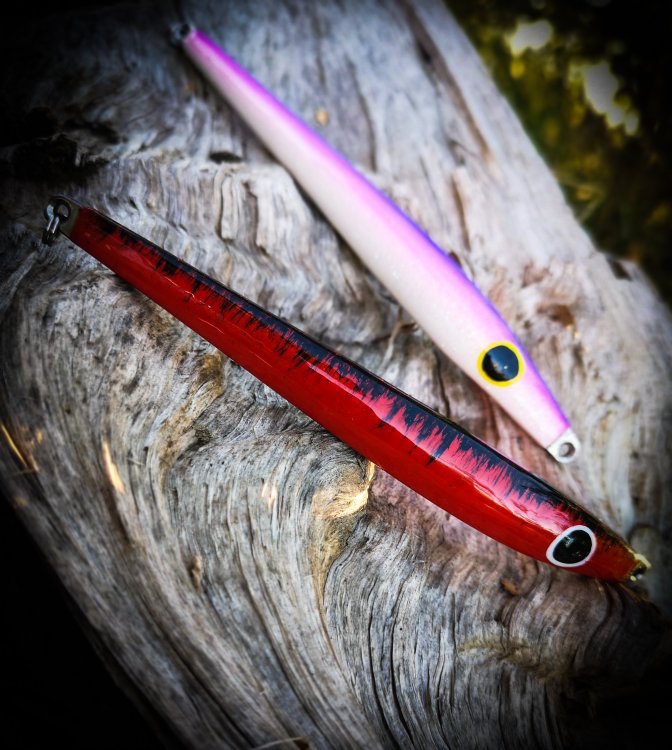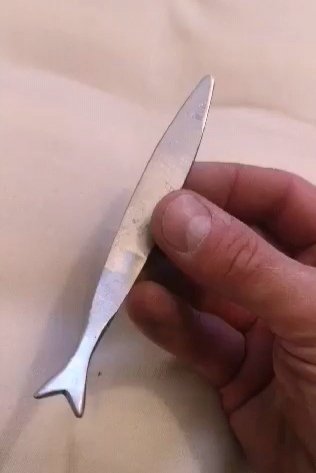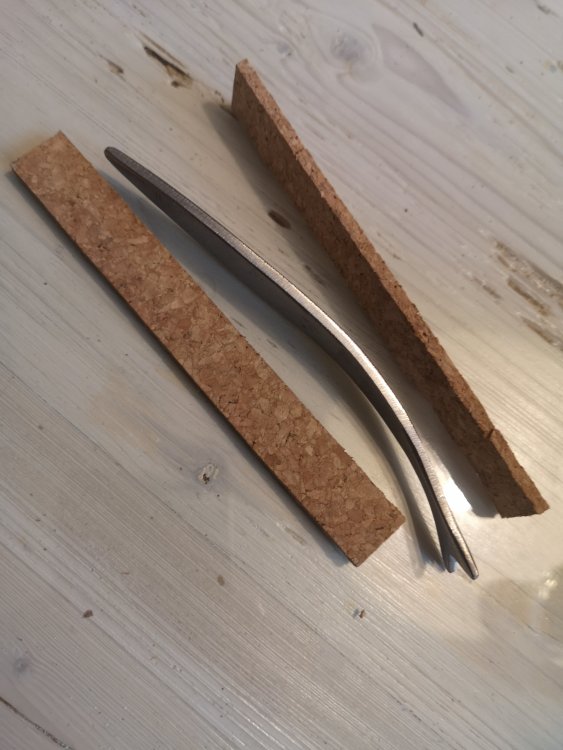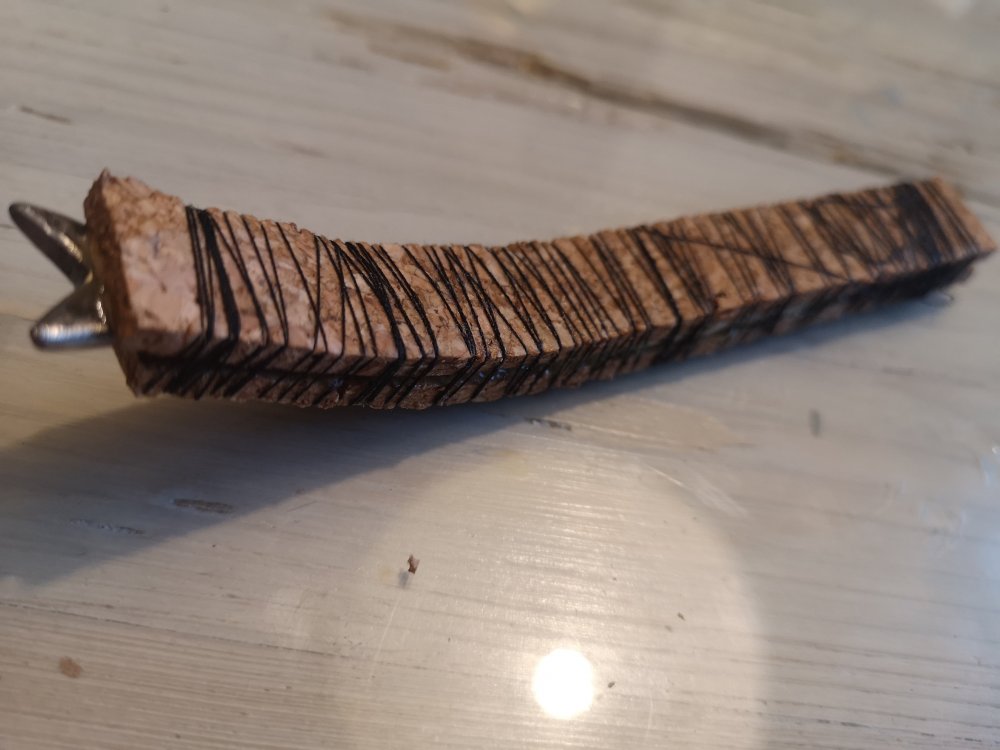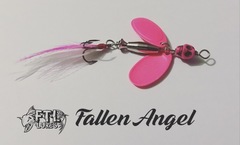Search the Community
Showing results for tags 'trout fishing'.
-
I have been building my own spinners for a little over a year and have used mostly smaller size inline setup but recently started making bigger sizes 6 and up but my question is 70% of my casts with the new built spinners the line wraps around the back of the spinner blade is it a balance problem? tungsten too close behind the blade? I build as bead, blade, bead,tungsten, bead,then hook
- 15 replies
-
- spinners
- inline spinners
-
(and 1 more)
Tagged with:
-
How-To-Make an Lightened spoon for Trout fishing. So this is going to be a guide of how to make and an trial run at the same time for new version of traditional "Lightened" Trout spoon, that we use a lot on Finland for Trout fishing. These spoons mimic a fish called The great sand eel (Hyperoplus lanceolatus). Here you can see the traditional version of the spoons made by me. Originals have a curve on the nose and is connected to line by its tail. Curved nose makes the lure spin like worm kind of fashion. "Lightened" in quotations as it really doesn't get lightened during manufacture, but there is material glued to heavy stainless or acid-proof steel spoon to add buoyancy. This material is usually cork or rigid foam. I use cork sheets. These spoons usually are from 10 to 15 cm of length, which aquals about 4 to 6 inches and weights from 22 to 35 grams (0.7 to 1.2 oz). This is the updated design. There's an added tail that has the curve, so it's connected to the line by its nose. After grinding the steel to its shape, it time to glue the cork in place. I use polyurethane glue for this, but epoxy is a good choise also. When gluing the cork in place, I'll take an old Japanese way of adding the pressure by using thread. Now it's time to wait for the glue to set and I'll continue my work tomorrow. Cheers, Jarmo from O'baits
- 15 replies
-
- spoon
- trout spoon
-
(and 2 more)
Tagged with:
-



